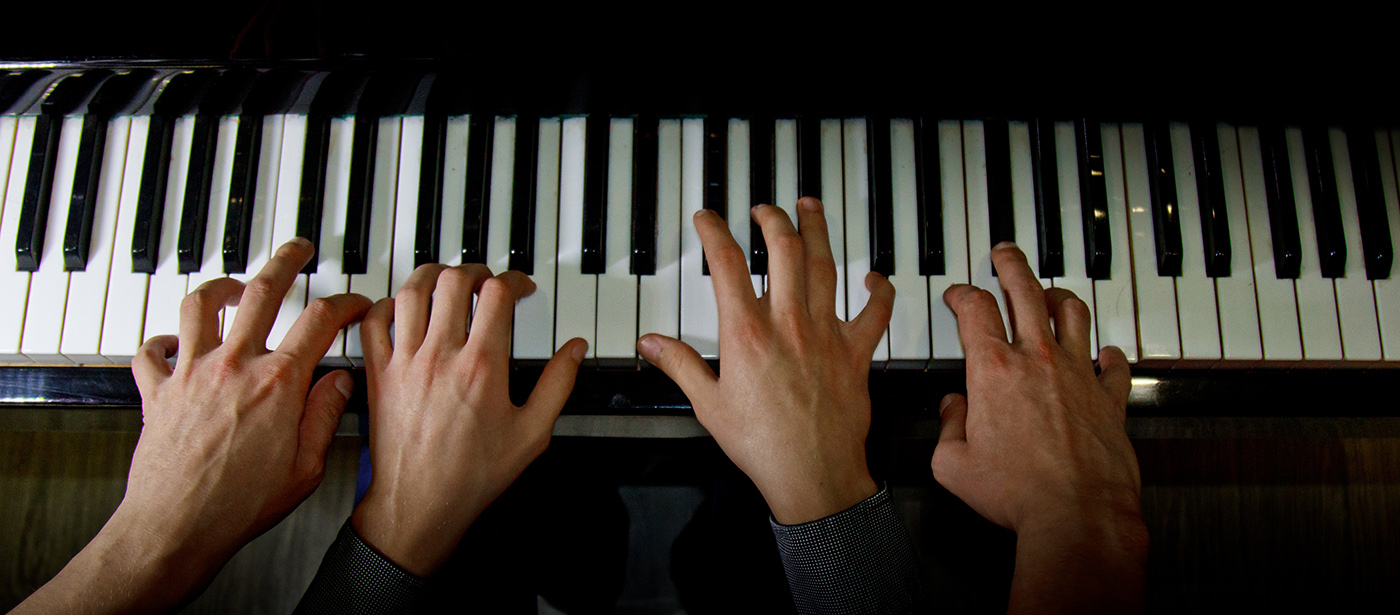For as long as I can remember, music has played an integral part in my life. I took private piano lessons, but many of my fondest memories were in music classes at public schools. I started with recorder in third grade, then French horn in fourth- and fifth-grade band, and finally viola in sixth-grade orchestra. I continued playing through college. All these musical experiences opened an entire world of perspective, self-discipline, and wonderful friendships.
Why am I talking about music on a blog about health? Because we have a national mental health crisis among children and youth, and we don’t have enough counselors to solve this problem in the clinic. We all need to be in the mental health business.
Music and art courses at school are another avenue to address overall youth well-being in an accessible and equitable way. Courses can increase exposure to formal humanities education, which historically has mostly benefitted wealthier, white communities.
Music, Art, and Mental Health: A Strong Link
Music and the arts have been linked to positive youth health outcomes, specifically for child development and mental health. Opportunities to engage in artistic experiences that encourage creativity and exploration allow young children to grow their cognitive, language, and emotional skills. Adolescents and young adults can also benefit in areas like emotion regulation and coping, relationship building, self-identity, and educational engagement.
As described by the Arts Education Partnership and Education Commission of the States, arts education is critically embedded in the student wellness ecosystem. In the wake of COVID-19, teachers providing music, theater, and other art instruction supported their students with the social and emotional effects of the pandemic through movement and collaboration.
However, researchers at George Mason University found that less than one-fourth of middle school students take a music class. Black students, students receiving special education, and those who were not proficient in English were less likely to participate in music classes, pointing to systems-level disparities.
Yet there are programs working to make the arts accessible to children who have been left out. The Virtual Middle School Music Enrichment program, funded by the Fender Play Foundation, began in 2020 to provide a tuition-free, extracurricular experience in popular music education and virtual learning to youth from families with low incomes and those who typically do not join after-school activities. Efforts like these have contributed to the “democratization of music education.”


